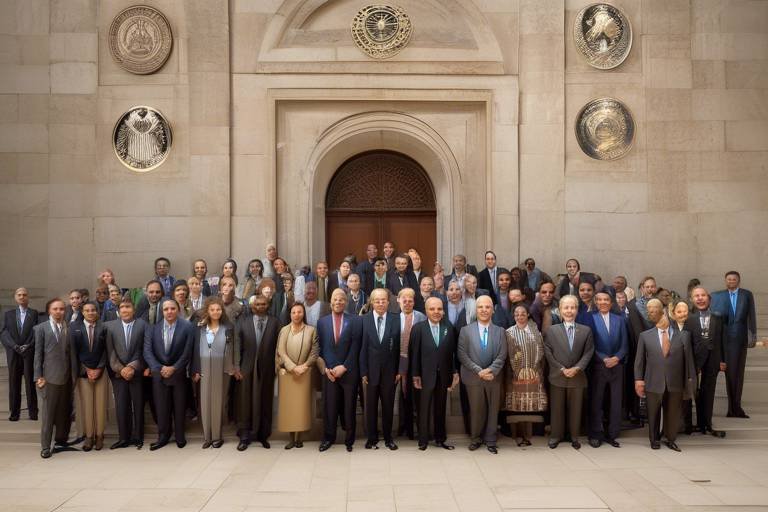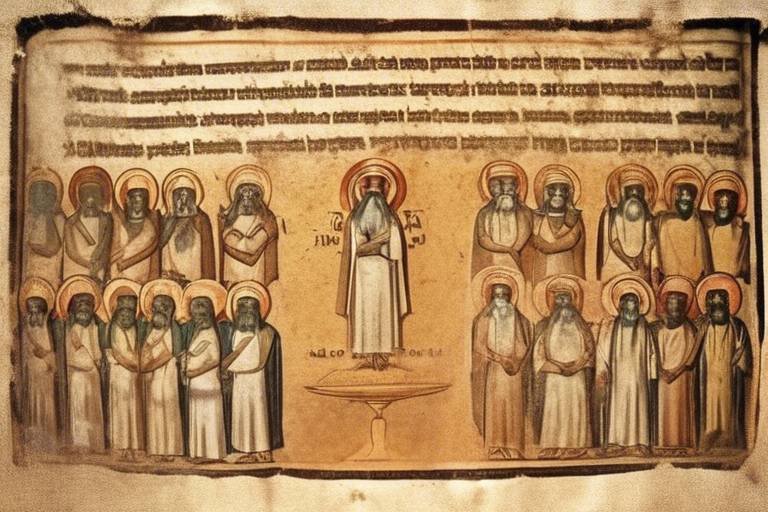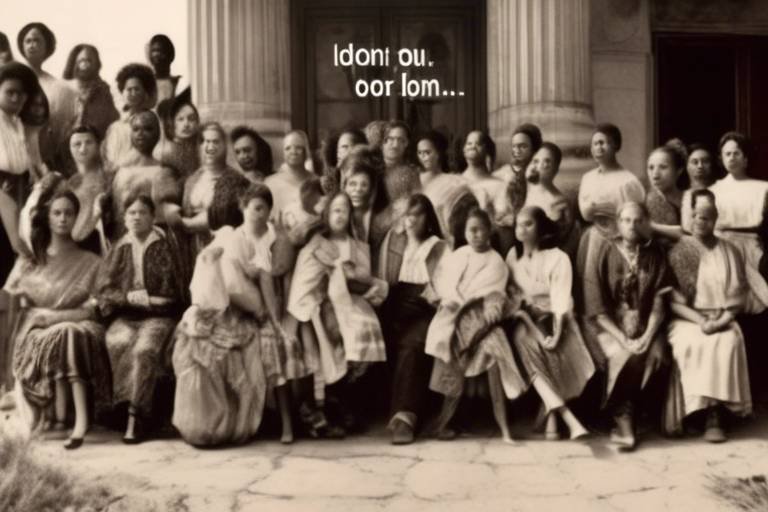The Role of the United Nations in Heritage Protection
The United Nations plays a crucial role in safeguarding cultural and natural heritage sites worldwide. Through various initiatives and conventions, the UN is committed to protecting and preserving our global heritage for future generations. One of the significant contributions of the UN in this regard is the designation and protection of UNESCO World Heritage Sites, which represent the diverse cultural and natural richness of our planet.
UNESCO, a specialized agency of the UN, has developed conventions like the World Heritage Convention and the Intangible Cultural Heritage Convention to promote international cooperation in heritage protection. These agreements provide guidelines for countries to follow in their efforts to safeguard and preserve heritage sites of outstanding universal value.
During emergencies such as armed conflicts or natural disasters, the UN responds swiftly to protect heritage sites at risk. Projects like the Emergency Safeguarding of the Syrian Cultural Heritage demonstrate the UN's commitment to mitigating damage and preserving invaluable cultural treasures that are under threat.
Moreover, the UN supports countries in building their capacity for heritage protection through training programs, technical assistance, and funding opportunities. By strengthening national efforts in safeguarding cultural and natural heritage, the UN contributes to the conservation of these sites for present and future generations.
The United Nations also recognizes the rights of indigenous peoples to their cultural heritage. Initiatives such as the United Nations Declaration on the Rights of Indigenous Peoples aim to protect and promote indigenous heritage globally, acknowledging the significance of preserving diverse cultural traditions.
Addressing the impact of climate change on heritage sites is another crucial aspect of the UN's role in heritage protection. Through initiatives like the Climate Change and Heritage Working Group, the UN works to raise awareness and develop strategies to minimize the effects of climate change on cultural and natural heritage.
Furthermore, the UN promotes public awareness of heritage preservation through campaigns and educational programs. By engaging the public in heritage conservation efforts, the UN seeks to garner global support for the protection and conservation of our shared cultural and natural heritage.
International collaboration is key to successful heritage protection, and the UN facilitates partnerships with governments, organizations, and communities worldwide. By fostering cooperation among stakeholders, the UN aims to enhance efforts in preserving and promoting our common heritage for the benefit of all.

UNESCO World Heritage Sites
The United Nations plays a crucial role in safeguarding cultural and natural heritage sites worldwide. This article explores the various initiatives and conventions established by the UN to protect and preserve our global heritage.
UNESCO designates and protects World Heritage Sites of outstanding universal value, ensuring their conservation for future generations. These sites represent the diversity of our planet's cultural and natural heritage.
UNESCO World Heritage Sites are exceptional locations that hold significant cultural or natural importance. They are recognized for their outstanding value to humanity and are protected to ensure their preservation for future generations. These sites serve as a testament to the richness and diversity of our global heritage, showcasing the creativity, history, and natural wonders of different civilizations and ecosystems.
One example of a UNESCO World Heritage Site is the Great Barrier Reef in Australia, known for its unparalleled marine biodiversity and ecological importance. This site not only represents a natural wonder but also serves as a critical ecosystem that supports numerous species and provides essential ecological services.
Another iconic UNESCO World Heritage Site is the Acropolis of Athens in Greece, a symbol of ancient Greek civilization and architectural mastery. This site preserves the remains of monumental structures like the Parthenon, reflecting the cultural achievements and artistic prowess of past civilizations.
By safeguarding UNESCO World Heritage Sites, the United Nations and its partners aim to protect these irreplaceable treasures and ensure that they continue to inspire and educate future generations. These sites not only hold intrinsic value but also contribute to global understanding, appreciation, and respect for our shared heritage.

UNESCO Conventions
The UNESCO Conventions are essential international agreements established to promote the protection and preservation of cultural and natural heritage worldwide. These conventions serve as frameworks for countries to cooperate in safeguarding heritage sites and traditions for future generations.
One of the most prominent UNESCO conventions is the World Heritage Convention, adopted in 1972, which aims to identify and safeguard cultural and natural sites of outstanding value. This convention encourages countries to nominate sites for inclusion on the prestigious World Heritage List, ensuring their protection and conservation.
Additionally, the Intangible Cultural Heritage Convention, adopted in 2003, focuses on safeguarding intangible cultural heritage such as traditions, rituals, and craftsmanship. This convention emphasizes the importance of preserving living heritage practices that are passed down through generations.
Through these conventions, UNESCO provides guidance and support to countries in implementing effective heritage protection measures. By promoting international cooperation and sharing best practices, these agreements play a crucial role in preserving our global heritage for the benefit of present and future generations.

Emergency Response
The United Nations plays a critical role in emergency response efforts aimed at safeguarding heritage sites at risk due to various threats. Whether facing armed conflicts, natural disasters, or other emergencies, the UN has established initiatives such as the Emergency Safeguarding of the Syrian Cultural Heritage project to protect these invaluable cultural treasures. These initiatives focus on swift action to mitigate damage and preserve heritage sites for future generations.

Capacity Building
Capacity building is a fundamental aspect of the United Nations' efforts in heritage protection. Through various training programs, technical assistance, and funding opportunities, the UN aims to empower countries to effectively safeguard and manage their cultural and natural heritage sites. By enhancing the skills and knowledge of local communities and authorities, capacity building initiatives contribute to the long-term conservation and preservation of our shared heritage.
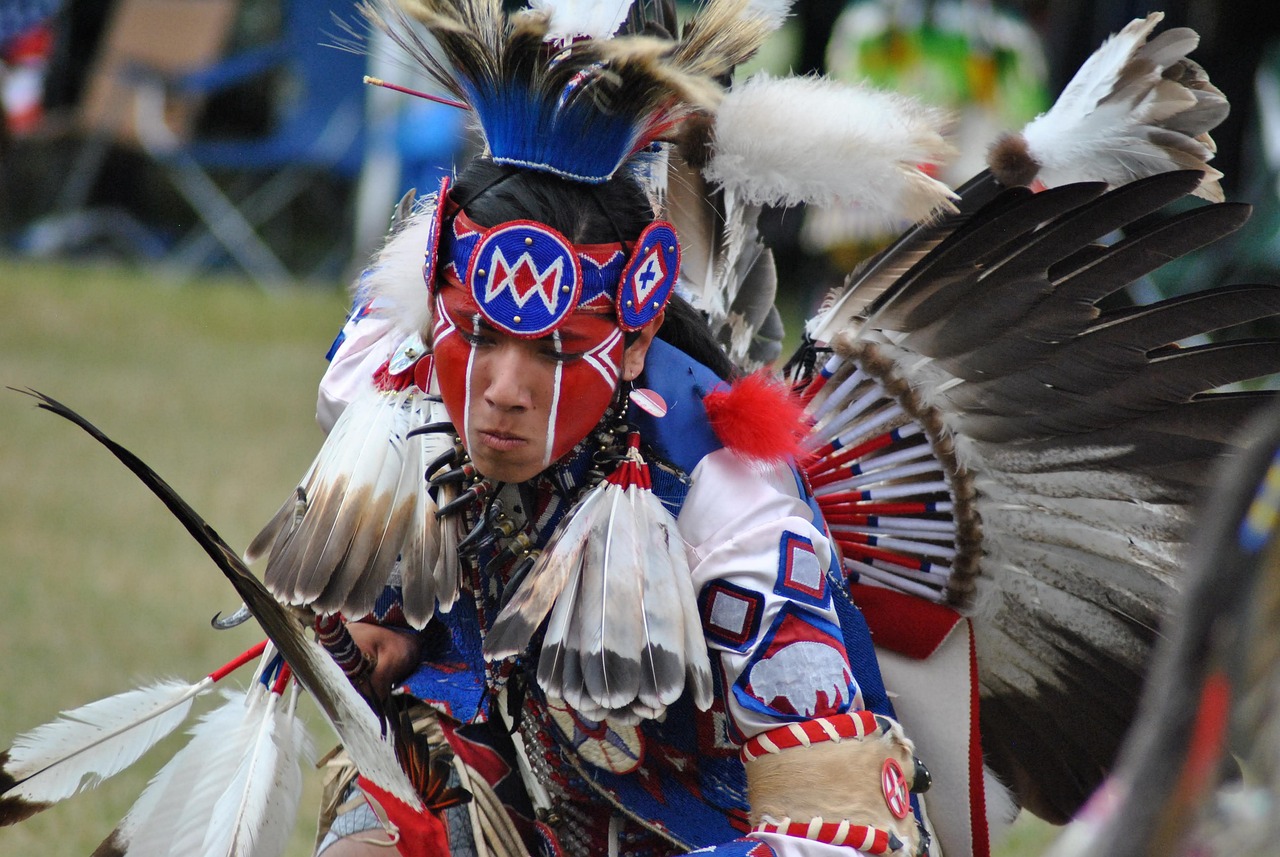
Indigenous Rights and Heritage
The protection of indigenous rights and heritage is a fundamental aspect of the United Nations' efforts in safeguarding cultural diversity and heritage around the world. Indigenous peoples have a unique connection to their ancestral lands and cultural traditions, which are often at risk due to various factors such as development, exploitation, and environmental degradation.
Through initiatives like the United Nations Declaration on the Rights of Indigenous Peoples, the UN aims to uphold the rights of indigenous communities to their cultural heritage. This declaration recognizes the importance of preserving indigenous languages, traditions, and knowledge systems, ensuring their transmission to future generations.
Indigenous heritage is not just about physical sites or artifacts; it encompasses intangible aspects such as oral traditions, rituals, and traditional ecological knowledge. These elements are essential to the identity and well-being of indigenous communities and contribute to the richness of the world's cultural heritage.
One of the key challenges in protecting indigenous heritage is balancing conservation efforts with the rights and aspirations of indigenous peoples. The UN emphasizes the importance of engaging with indigenous communities as partners in heritage preservation, respecting their traditional practices and decision-making processes.
Furthermore, the UN encourages collaboration between indigenous communities, governments, and other stakeholders to develop sustainable management plans for indigenous heritage sites. By involving indigenous peoples in decision-making processes and management practices, the UN aims to ensure the long-term protection and promotion of indigenous cultural heritage.

Climate Change and Heritage
Climate change poses a significant threat to cultural and natural heritage sites around the world. The rising global temperatures, extreme weather events, and sea-level rise are putting these sites at risk of damage and destruction. Imagine the iconic landmarks that have stood for centuries being eroded by the effects of climate change, like a castle slowly crumbling under relentless waves.
One of the key initiatives addressing this issue is the Climate Change and Heritage Working Group established by the United Nations. This group focuses on studying the impact of climate change on heritage sites and developing strategies to mitigate these effects. It's like a team of dedicated conservationists working together to protect our shared history from the forces of nature.
Through research and collaboration, the UN aims to raise awareness about the vulnerability of heritage sites to climate change. By highlighting the importance of preserving these sites in the face of environmental challenges, the UN seeks to mobilize global support for conservation efforts. It's a call to action to safeguard our cultural and natural treasures for future generations.

Public Awareness
The United Nations places significant emphasis on promoting public awareness of heritage preservation through various campaigns and educational programs. These initiatives aim to engage individuals worldwide and highlight the importance of safeguarding cultural and natural heritage for future generations.
By utilizing social media platforms, organizing community events, and collaborating with educational institutions, the UN strives to reach a diverse audience and inspire active participation in heritage conservation efforts. Through interactive exhibits, workshops, and online resources, the organization effectively communicates the value of preserving our shared heritage.
Moreover, the UN encourages the involvement of local communities in heritage protection activities, fostering a sense of ownership and responsibility towards cultural and natural sites. By fostering a sense of pride and connection to heritage, the public becomes more inclined to support conservation initiatives and advocate for the preservation of significant landmarks.
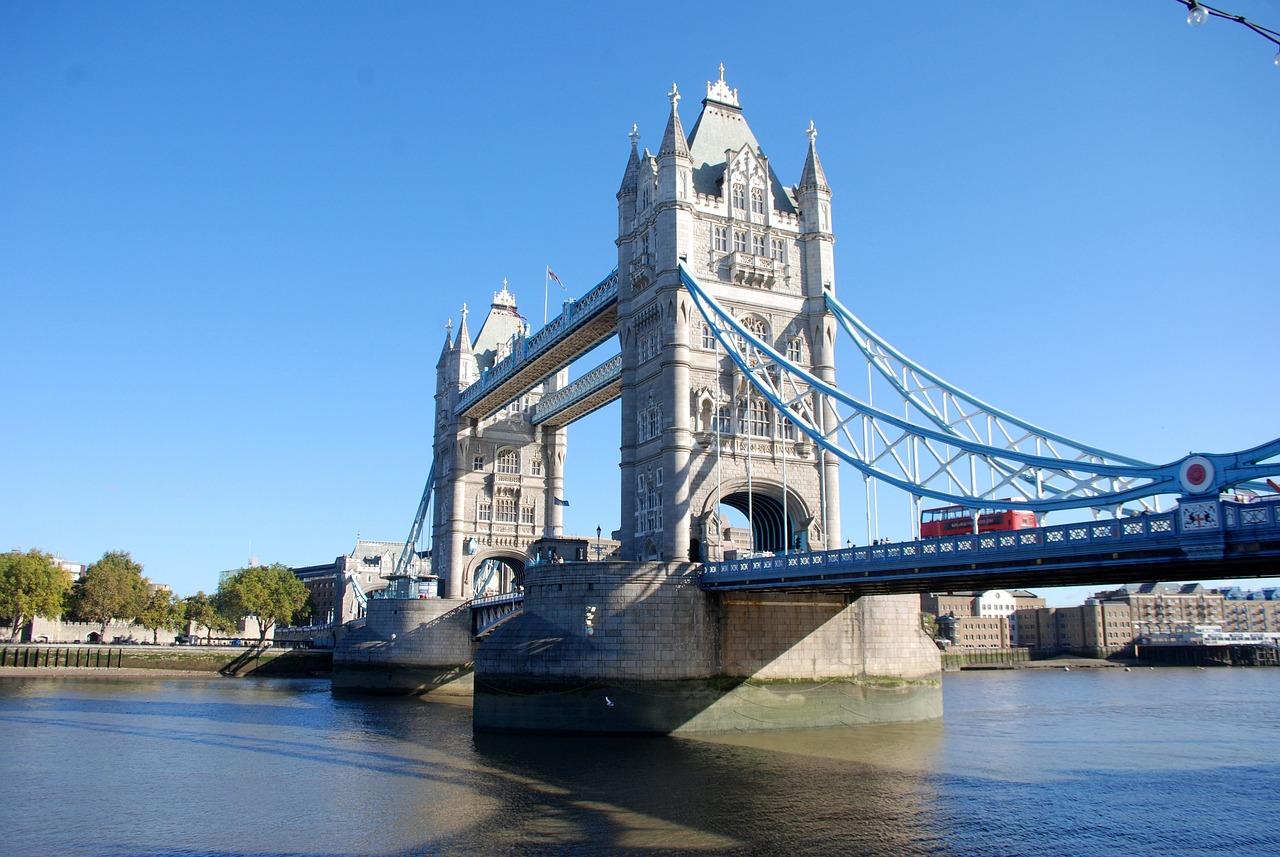
International Collaboration
International Collaboration is vital in the protection and preservation of our shared heritage. The United Nations actively fosters partnerships with governments, organizations, and communities worldwide to enhance global efforts in heritage protection. By working together, stakeholders can combine resources, expertise, and knowledge to effectively safeguard cultural and natural heritage sites for future generations.
Frequently Asked Questions
- What are UNESCO World Heritage Sites?
UNESCO World Heritage Sites are locations deemed to have outstanding universal value, whether cultural or natural, and are protected to ensure their preservation for future generations.
- What is the role of the UN in emergency response for heritage sites?
The UN engages in emergency response efforts to protect heritage sites from threats like armed conflicts and natural disasters through initiatives such as the Emergency Safeguarding of the Syrian Cultural Heritage project.
- How does the UN support capacity building for heritage protection?
The UN aids countries in enhancing their capacity for heritage protection by offering training programs, technical assistance, and funding opportunities to strengthen national efforts in safeguarding cultural and natural heritage sites.
- Why is indigenous rights and heritage preservation important to the UN?
The UN recognizes the significance of indigenous peoples' rights to their cultural heritage and works to safeguard and promote indigenous heritage globally through initiatives like the United Nations Declaration on the Rights of Indigenous Peoples.
- How does the UN address climate change's impact on heritage sites?
The UN tackles climate change's effects on heritage sites through initiatives like the Climate Change and Heritage Working Group, aiming to raise awareness and develop strategies to mitigate climate change's impact on cultural and natural heritage.
- How does the UN promote public awareness of heritage preservation?
The UN raises public awareness of heritage preservation through campaigns and educational programs, engaging the global community to garner support for the conservation and protection of cultural and natural heritage.
- Why does the UN emphasize international collaboration in heritage protection?
The UN underscores the importance of international collaboration in heritage protection to foster partnerships with governments, organizations, and communities worldwide, enabling stakeholders to collectively preserve and promote our shared heritage.

